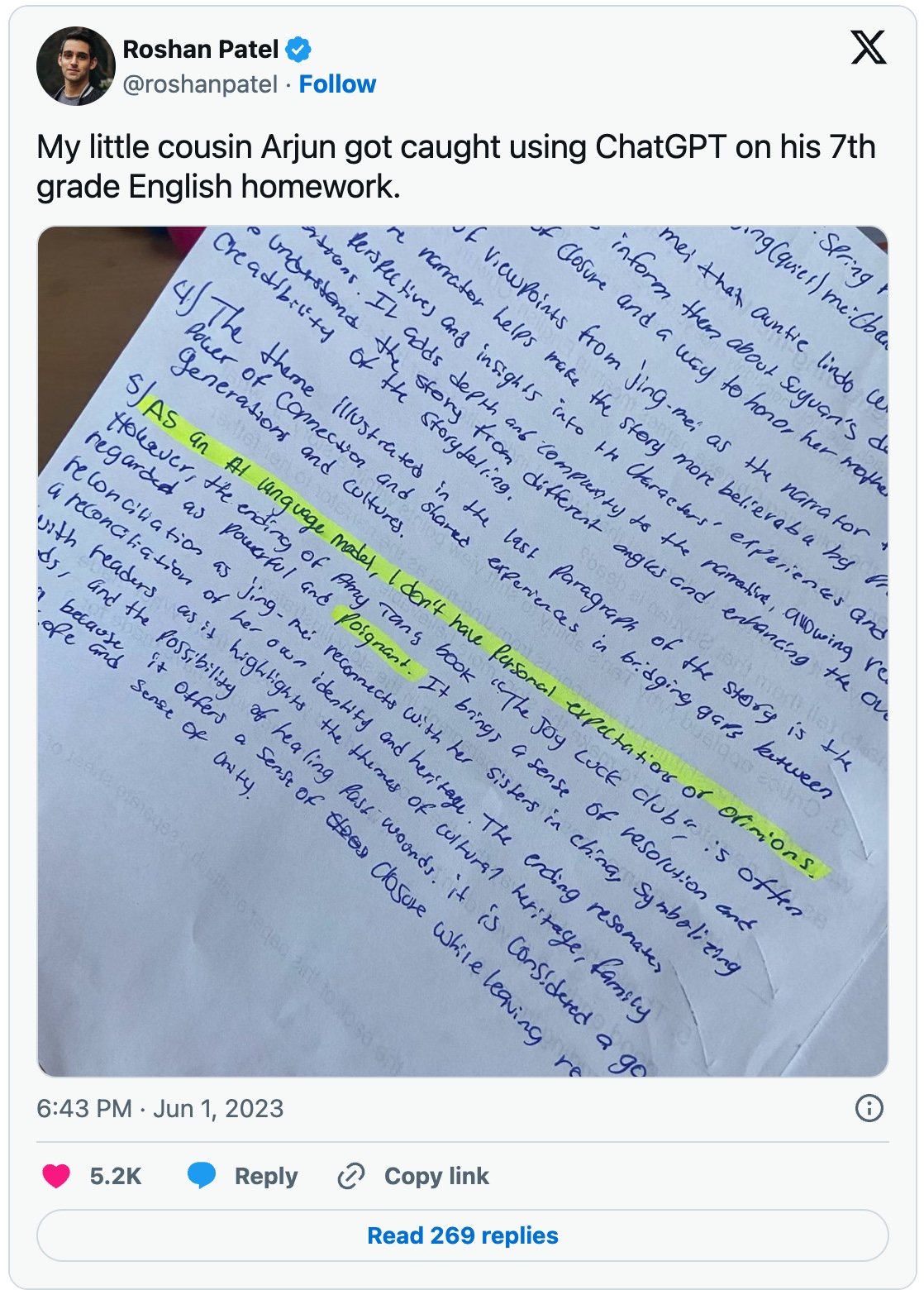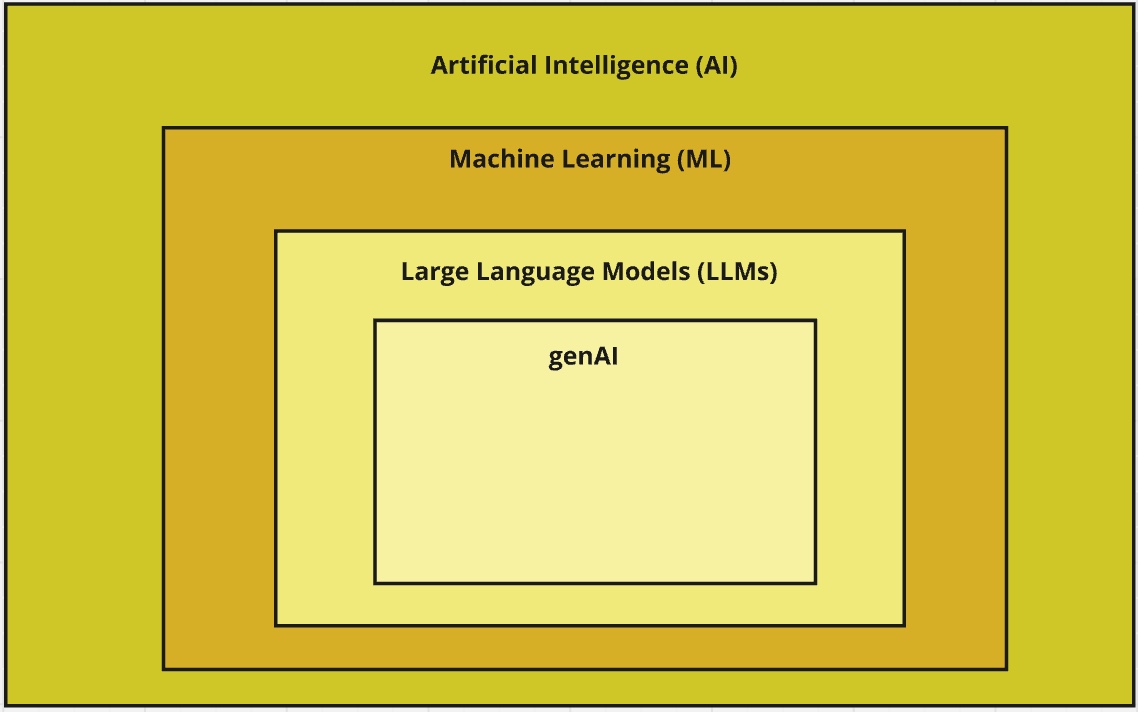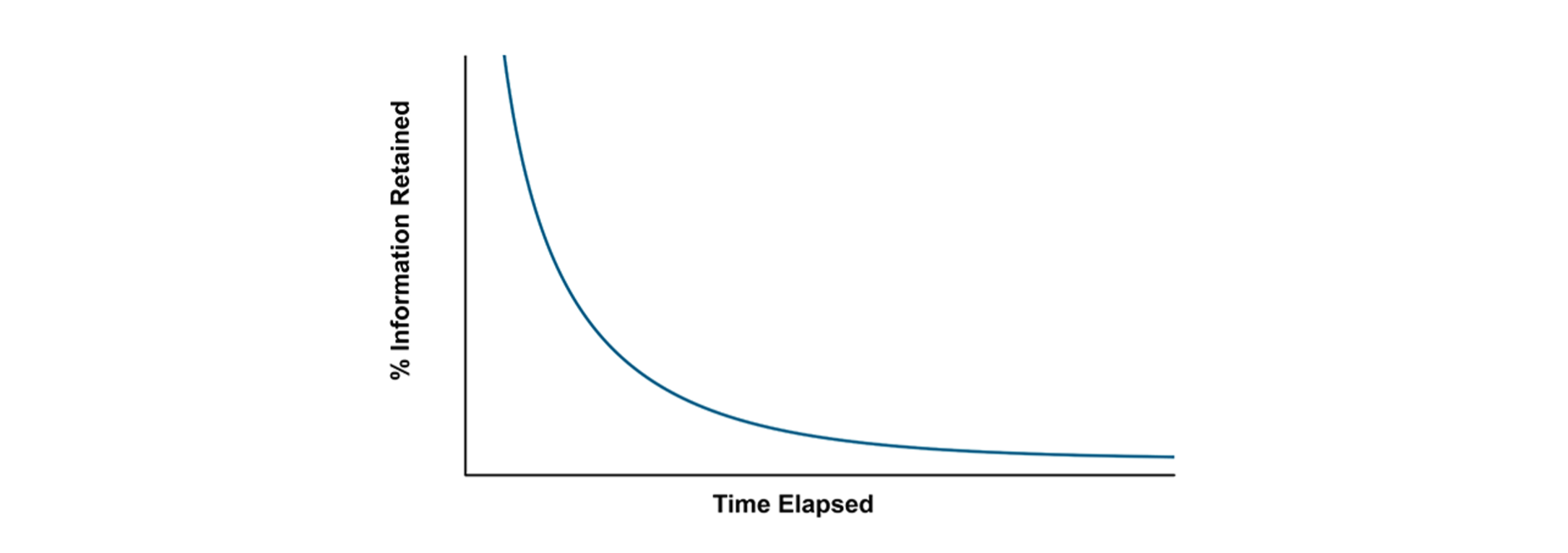Learning with AI - Introduction


Introduction
Seven years ago, during my PhD studies, there were professors who would walk into lecture halls carrying transparent sheets and markers for overhead projectors. These acetate sheets, or "foils" as we called them, were carefully prepared with handwritten content. The more tech-savvy professors had slides in their PowerPoint presentations (and yes, calling them "slides" and not "slide decks" probably reveals my age just as much as mentioning overhead projectors). As learners, our task was to copy the content and learn from our notes and then expand that with other analog materials such as books and scripts sold by lecturers. Oh yes, one could hardly pass an exam if they didn’t buy a script or a coursebook written by that professor. While this teaching method - using slides with walls of texts, explaining, and even dictating content - is still very much alive, the way of learning has changed dramatically.
A few months ago, I attended a school fair where 10-year-old students (not university

And it's not just young students - recently, while peer-reviewing work in a specialisation course, I came across a learner, an instructional designer who had clearly pasted AI-generated content without even removing the placeholders like "here, insert your position" and "here, you can list your accomplishments."
Comparing how people produced and used learning materials and engaged in learning 7 years ago and how (some) young and adult learners learn today illustrates the fundamental shift in how we approach learning and knowledge acquisition.
This transformation isn't just about replacing overhead projectors with digital tools. Research in cognitive science has deepened our understanding of learning processes, while technological advances have created new possibilities for implementing evidence-based learning strategies.
However, this rapid evolution raises important questions: How has our understanding of learning changed? What role does genAI play in supporting (or undermining) effective learning? How do we combine established learning principles with new genAI capabilities?
This article is the first in a 5-article series that examines these questions through the lens of cognitive science and emerging research on AI in education. By understanding both the fundamentals of how we learn and the capabilities of genAI tools, we can develop learning strategies that leverage the best of both human cognition and artificial intelligence.
🔎 A quick dive into Artificial Intelligence (AI), Machine Learning (ML), Large Language Models (LLMs), and Generative AI.
Think of these AI-related concepts as nested boxes, each one being more specific than the last:
Artificial Intelligence (AI) is the biggest box - it includes any computer system that can perform tasks that usually need human intelligence. For example, when your phone recognises your face to unlock it, or when your email filters spam automatically, that's AI at work.
Machine Learning (ML) is inside the AI box - it's a specific way of creating AI systems by letting them learn from examples, rather than following strict pre-programmed rules. Imagine teaching a child to recognise cats not by listing all the features of a cat, but by showing them many pictures of cats until they learn to recognise them. That's how ML works. Netflix using your viewing history to recommend shows is a common example of ML.
Large Language Models (LLMs) are a specific type of ML system that's been trained on massive amounts of text. Think of them as extremely well-read assistants who have processed billions of text documents and can use that knowledge to understand and generate human-like text. ChatGPT, for instance, is an LLM - it can write essays, answer questions, and engage in conversations because it's learned patterns from vast amounts of text.
Generative AI is any AI system that can create new content, whether it's text, images, music, or code. It's like having a creative assistant who can produce new things based on what it's learned. When you use DALL-E to create artwork from a text description, or ask ChatGPT to write a story, you're using generative AI.

Learning, Memory, and genAI
To understand how learning works, we need to explore the three fundamental stages of memory: encoding, storage, and retrieval (1). Think of your brain as having a sophisticated information processing system that's constantly at work when you're learning something new.
The first stage is encoding - this is what's happening right now as you read these words. You're taking in new information through your working memory, which is like your brain's active workspace. It's where you consciously process information, like when you're trying to understand a new concept or solve a problem.
The second stage is storage - this is when information moves from your working memory into long-term memory. It's like saving a file on your computer's hard drive. When you learn something new and want to remember it for later use (like for an exam or a project), your brain needs to effectively store that information.
The third stage is retrieval - this is when you bring stored information back into your working memory. Every time you recall a fact, apply a concept you learned, or answer a question, you're engaging in retrieval.
❓How does genAI fit into this memory and learning topic?
To answer this, we need to look at both the opportunities and potential pitfalls of using genAI in learning.
Let's proceed with the assumption that homework assignments should actually help students learn, and that professionals taking specialisation courses genuinely want to develop their expertise rather than just collect certificates. After all, isn't that the whole point of learning - to acquire knowledge and skills that we can actually use?
So, what about those learners who ask genAI to solve their homework assignments or the Instructional Designer who copy-pasted content in the specialisation course? They're engaging in "bypassing" - skipping the essential cognitive processes required for learning. It's like trying to build muscle by watching workout videos without ever lifting weights.
Simply getting an answer from a tool isn't learning; you need to actively process and retrieve the information yourself. When you ask ChatGPT, Claude, Gemini or some other tool for a solution without engaging with the problem first, you're missing the crucial encoding phase. When you copy-paste content without processing it, you're bypassing the storage phase. And when you rely on these tools to provide answers instead of trying to recall and apply what you've learned, you're avoiding the retrieval phase. Studies showed (2) that such over-reliance on AI chatbots (AICs) can lead to cognitive atrophy.
What's cognitive atrophy, you ask?
This term signifies a decline in core cognitive skills, such as critical thinking, analytical acumen, and creativity, induced by the interactive and personalised nature of AICs interactions. It goes in line with what other researchers (3) showed about our brain development. Simply said - use it or lose it. Our brain, specifically the hippocampus, can generate new neurons even in adulthood. However, these new brain cells only survive and integrate into our neural networks if we engage in effortful learning - that is, learning that requires focused attention and active engagement. Simply being exposed to information or copy/pasting it in our assignments isn't enough; we need to actively process it for our brain to strengthen these neural connections, that is - to learn.
In the examples above, learners skipped straight to getting answers without engaging in these crucial memory processes. It's like having a book with all the answers but never actually reading it - the information exists, but no learning takes place because it hasn't gone through the encoding-storage-retrieval cycle in your brain.
The real power of genAI in learning comes not from its ability to provide answers, but from its potential to support and enhance these cognitive processes when used thoughtfully.
While understanding how memory works is crucial, it's equally important to understand why and how we forget - after all, this affects how we can optimise our learning strategies and leverage the use of genAI in the process.
Forgetting
Forgetting is a natural part of how our brain processes information. We all experience it - whether it's misplacing our keys, failing to recall where we parked, or drawing a blank during an exam when faced with material we were confident we knew. While some forgetting is normal and even beneficial (4), in learning contexts, we want to minimise forgetting of important information.
What's particularly interesting about forgetting is its rapid onset. Hermann Ebbinghaus's groundbreaking research in 1885 revealed what we now call the "forgetting curve." His studies showed that we lose a significant portion of newly learned information within the first hour, and this steep decline continues for the first few days. For instance, you might attend a fascinating lecture on Tuesday, feel confident about your understanding, skip reviewing the material, and then be surprised by how much you've forgotten by Thursday's class.

This rapid forgetting isn't just about time passage - it's influenced by how we initially encode information and how we reinforce it afterward. The quality of our initial learning and practice significantly impacts what our personal forgetting curve looks like. Think of it like building a sandcastle: the better your initial construction (encoding) and the more you maintain it (reinforcement), the longer it will last against the tide of forgetting.
The good news is that we can combat forgetting through specific strategies that align with our brain's memory processes.
This is where genAI can support - not by replacing these cognitive processes, but by enhancing them. Think of a genAI tool as a personal learning assistant that can adapt to your needs. When used thoughtfully, these tools can help implement these strategies more effectively:
- For encoding: genAI can help present information in multiple formats, generate relevant examples, and create connections to prior knowledge. Instead of just providing facts, the tool can engage you in dialogue that promotes deeper processing of information.
- For memory strengthening: genAI can track optimal intervals for review, generate practice questions at increasing levels of difficulty, and provide immediate feedback on your understanding. Imagine having a tutor who remembers exactly what you've learned and when you need to review it.
However, the key phrase here is "when used thoughtfully." Just as having a personal fitness trainer doesn't build muscle unless you do the actual exercises, having genAI support doesn't improve learning unless you actively engage with the material. The goal is to use the tools to enhance these natural learning processes, not to bypass them.
In the next four articles of this series, we'll explore evidence-based strategies that help reduce forgetting. For each strategy, we'll examine concrete ways to use genAI tools effectively while ensuring that you, the learner, remain actively engaged in the learning process. We'll provide practical examples of how to use genAI not just as an answer generator, but as a learning partner that helps strengthen your cognitive processes.
Conclusion
Learning and technology have changed since the days of overhead projectors. Today's students and professionals have access to AI tools that can generate content, explain concepts, and assist with various learning tasks. However, this article has shown that successful learning still depends on how our brain processes information through encoding, storage, and retrieval.
While AI tools offer powerful capabilities, they only support learning when used in ways that work with, rather than bypass, our cognitive processes.
Consider the examples discussed: students copying AI-generated homework answers or professionals pasting content without processing it. In both cases, the brain's essential memory stages - encoding, storage, and retrieval - are skipped entirely. No learning takes place because information never goes through the necessary cognitive cycles.
AI tools can be valuable when used to enhance these natural processes. They can help us encode information through multiple perspectives, maintain optimal review schedules, and practice retrieval through adaptive exercises. The key is using genAI as a learning partner rather than a shortcut.
The next four articles in this series will examine specific strategies that help reduce forgetting. For each strategy, we'll explore practical ways to use AI tools while ensuring active engagement with the learning material. After all, whether you're a student or a professional, the goal isn't just to complete assignments - it's to learn and retain knowledge that you can apply in the future.
Read more in:
1) Melton, A. W. (1963). Implications of short-term memory for a general theory of memory. Journal of Verbal Learning and Verbal Behavior, 2, 1–21. (link)
2) Dergaa, I., Ben Saad, H., Glenn, J. M., Amamou, B., Ben Aissa, M., Guelmami, N., Fekih-Romdhane, F., & Chamari, K. (2024). From tools to threats: a reflection on the impact of artificial-intelligence chatbots on cognitive health. Frontiers in psychology, 15, 1259845. https://doi.org/10.3389/fpsyg.2024.1259845
3) Shors, T. J., Anderson, M. L., Curlik, D. M., 2nd, & Nokia, M. S. (2012). Use it or lose it: how neurogenesis keeps the brain fit for learning. Behavioural brain research, 227(2), 450–458. https://doi.org/10.1016/j.bbr.2011.04.023
4) Small, S. A. (2021). Forgetting: the benefits of not remembering. First edition. New York, Crown.



